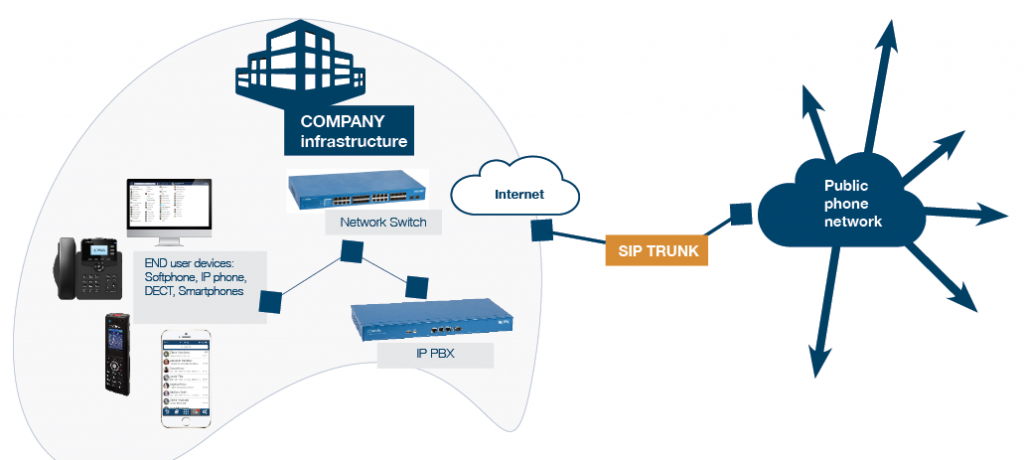 SIP Trunking
SIP Trunking
SIP Trunking is the most popular way to add PSTN connectivity to a modern UC solution.
A few words of advice:
- Fax support: if the UC solution will need to transfer faxes, you need to make sure the operator has official T.38 capability.
- Routes quality: these should be extensively tested over national, mobile, and international destinations for the following:
- Audio quality
- Connection speed
- CID shown on the remote side
- Set custom outgoing CID: a great feature for mobility and call forwarding
Continue reading “Using SIP Trunking In A Modern UC Solution”



 In this blog article I will provide some best practices for deployment planning that our UC platform will need, to work as expected.
In this blog article I will provide some best practices for deployment planning that our UC platform will need, to work as expected.